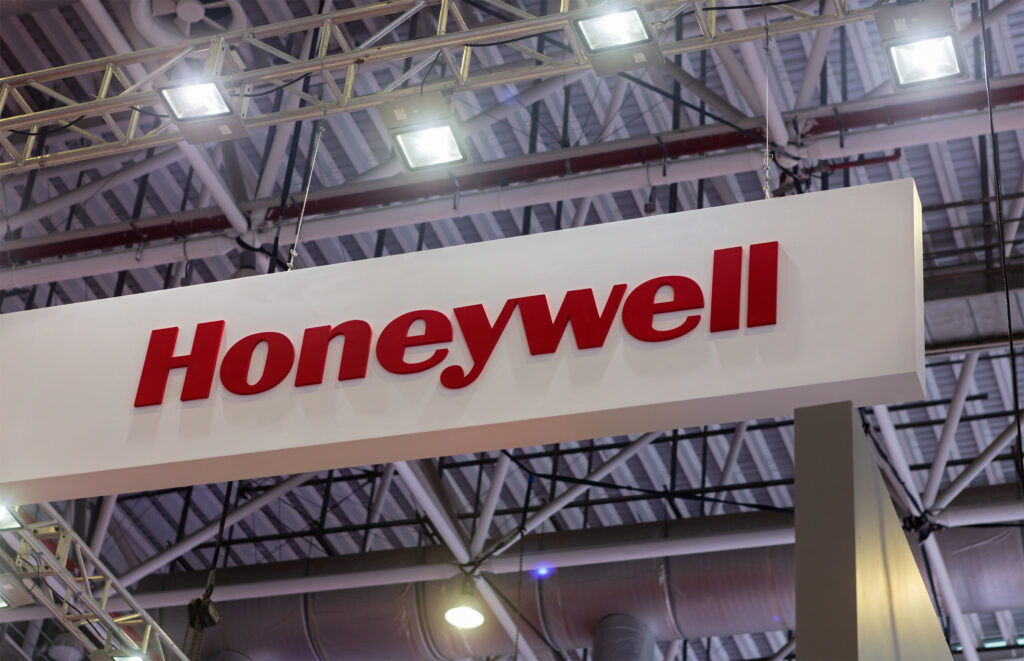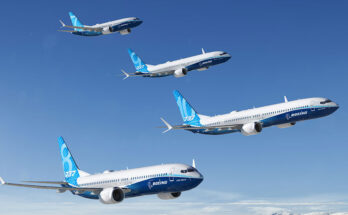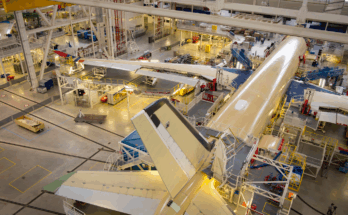
Honeywell has unveiled a significant restructuring plan to split the industrial giant into three independent, publicly traded entities. This move marks a strategic shift aimed at streamlining operations, sharpening business focus, and unlocking greater shareholder value.
The three newly formed companies will be:
- Aerospace – Specializing in aircraft propulsion, cockpit systems, and advanced aviation technologies.
- Automation – Providing solutions for industrial automation, building management, and supply chain optimization.
- Advanced Materials – Focused on fluorine products, electronic materials, and other high-tech materials for various industries.
The End of the Conglomerate Era?
Honeywell’s decision follows a broader trend in the industrial and aerospace sectors, where large conglomerates have opted for breakups to create more agile, specialized companies. Industry giants like United Technologies and General Electric have already undergone similar transformations, separating their major divisions to better allow those units to focus on core competencies and market-specific growth strategies.
The rationale behind these breakups is clear—by establishing distinct entities, each business unit can better adapt to market demands, drive innovation, and maximize investor returns.
Activist Investors Play a Role
The restructuring comes on the heels of activist investment firm Elliott Management acquiring a $5 billion stake in Honeywell in November. Elliott, known for pushing companies toward strategic overhauls to enhance shareholder value, appears to have played a key role in influencing Honeywell’s decision to restructure.
In December, Honeywell announced its intent to explore a spinoff of its aerospace division, a move that aligns with Elliott’s strategy of unlocking value through corporate separation. This followed an earlier announcement in October that the company would spin off its advanced materials business into an independent entity.
The breakup will be executed in phases:
- The Advanced Materials spinoff is expected to be completed by late 2025 or early 2026.
- The separation of Aerospace and Automation is anticipated to occur in the second half of 2026.
As Honeywell embarks on this transformation, the newly independent companies will be positioned to pursue focused growth strategies, enhance innovation, and compete more effectively in their respective industries. This move signals not just a new chapter for Honeywell, but also a continued shift in the corporate landscape, where specialization is becoming the key to long-term success.
A military history enthusiast, Richard began at Forecast International as editor of the World Weapons Weekly newsletter. As the Internet grew in importance as a research tool, he helped design the company's Forecast Intelligence Center and currently coordinates the EMarket Alert newsletters for clients. Richard also manages social media efforts, including two new blogs: Defense & Security Monitor, covering defense systems and international issues, and Flight Plan, which focuses on commercial aviation and space systems. For over 30 years, Richard has authored the Defense & Aerospace Companies, Volume I (North America) and Volume II (International) services. The two books provide detailed data on major aerospace and defense contractors. He also edits the International Contractors service, a database that tracks all the contractors involved in the programs covered in the FI library. More recently he was appointed Manager, Information Services Group (ISG), a new unit that encompasses developing outbound content for both Forecast International and Military Periscope.



